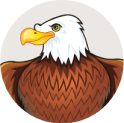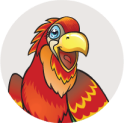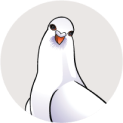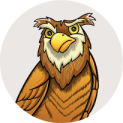Aesop’s Fables were written well over two millennia ago, but children and adults the world over can still recite at least a few tales by heart. Stories like “The Goose that Laid the Golden Eggs” or “The Fox and the Crow” have appeared in countless translations and iterations, but their core messages—their famous morals and lessons—have withstood the test of time.
This is the case not just for Aesop’s Fables but for well-told stories from every era, from ancient creation myths to classic films and novels. The uniting factor for all of these tales is that they simply and effectively communicate the core truth of something. Fables in particular have longevity because they frequently use the literary technique of anthropomorphism, or granting human characteristics and behaviors to animals. This creates vivid images that readers easily remember.
When Take Flight Learning’s CEO, Merrick Rosenberg, wrote his groundbreaking book Taking Flight!, he used the simple method of applying those same principles to the DISC model of personality styles. The result was a revolutionary approach to the DISC model. Previously, the four personality styles were taught in terms of dry, dull statistics and diagrams that were neither truly engaging nor easily memorized. Instead of telling his readers about the DISC styles, Rosenberg decided to illustrate them in the form of a book-length fable about four characters, each of whom represent one of the DISC styles. This simple transformation unlocked the previously untapped power of DISC.
Rosenberg’s forthcoming book, The Chameleon: Life-Changing Wisdom for Anyone Who Has a Personality or Knows Someone Who Does, continues to teach readers about personality styles in a way that no other educator in the world is doing. The Chameleon bears an even closer resemblance to Aesop’s Fables in that it is divided into 22 short fables, each with its own “Chameleon Wisdom” moral that breaks down key elements of each tale. Instead of the typical clinical approach to the DISC personality styles, The Chameleon engages readers with richly drawn, relatable characters who encounter and learn from realistic everyday situations. Much like the fables of Aesop, they can be read quickly, but their vivid language, relatable characters and simple style makes a big impact on readers.
Who knew that stories nearly three thousand years old were just the kind of renewal that DISC needed?





